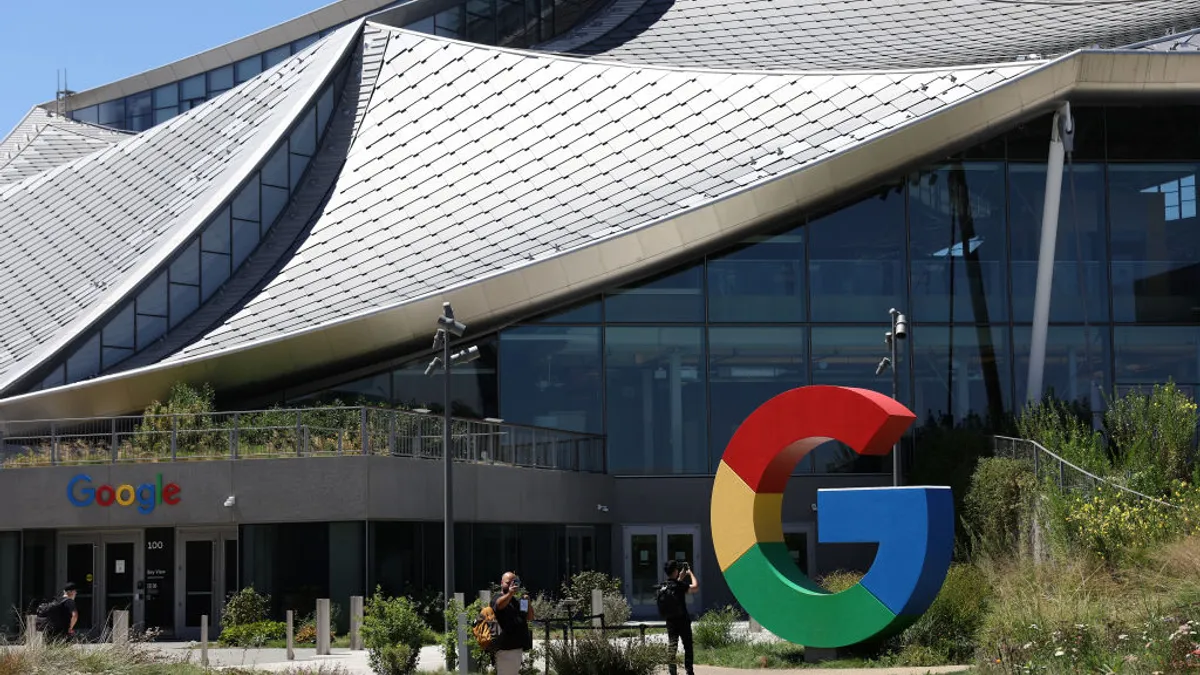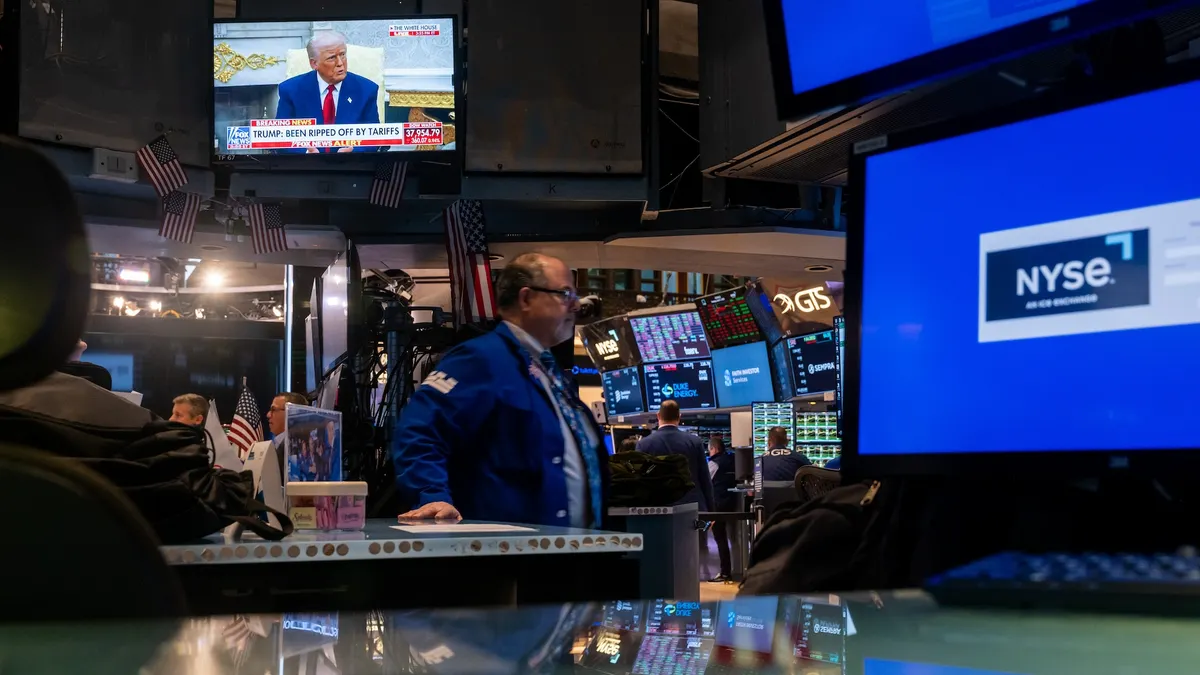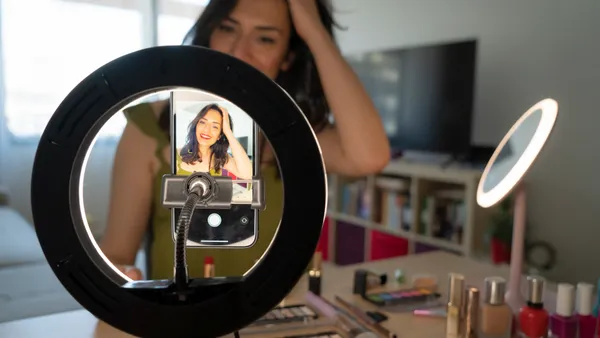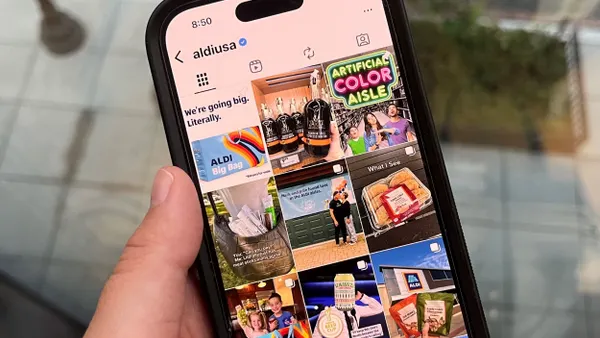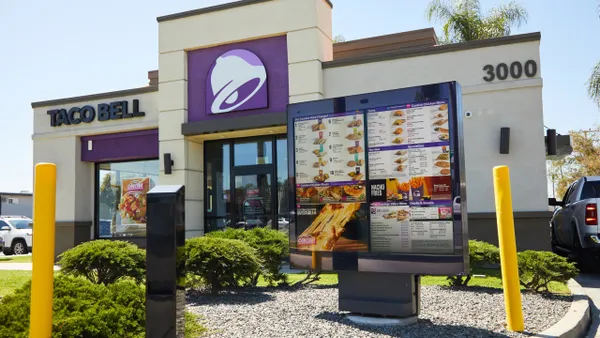Brief:
- Visa, which handled $1.93 trillion in payments last quarter, has introduced three wearable payment-ready devices as part of its sponsorship of the 2018 Olympic Winter Games in PyeongChang, South Korea, according to a press release. Visa created gloves, commemorative stickers and Olympic pins equipped with near-field communications (NFC) chips that let consumers make payments by tapping the devices to special checkout equipment.
- The brand partnered with Lotte Card, the financial arm of South Korean retailer Lotte Department Store, to start selling the prepaid wearables in stores and online on Nov. 9. The gloves and pins are embedded with amounts valued at 30,000 or 50,000 Korean won ($27-$45), while the stickers can hold up to 200,000 won ($179).
- The three wearables can be purchased at Visa vending machines at Olympic Superstores during the games between Feb. 9-25. As official payment tech provider for the Games, Visa will handle all payments at the events, including more than 1,000 contactless point-of-sale terminals for mobile and wearable payments.
Insight:
Visa's latest effort to drive sales of wearable payment devices capitalizes on the excitement heading into the upcoming Winter Games, as well as its role as the exclusive payment provider for the global event that reels in millions of visitors and viewers. The brand forecasts a bright future for the payment-ready wearables market, especially with the inclusion of its Visa Token Service technology in devices like the Fitbit Ionic and Garmin Vivoactive 3.
In an August survey of 1,000 U.S. adults, Visa found that 60% of respondents are interested in using a wearable device to pay for something while working out, and 71% carry some form of payment option while they’re exercising or playing in some sporting event. That trend fits into the theme of the Olympics, with its focuses on feats of athleticism and physical achievement.
Among the people who don't carry any form of payment, 57% said they’re afraid of losing credit cards, cash or devices while exercising, per the Visa findings. That's understandable, considering the most popular way to carry a payment method is in a sock or a shoe (32%), underwear or bra (24%) or by hand (18%) while exercising. Visa sees major potential in the wearable payment tech market, especially for the Olympics or working out, as 49% of respondents said they've wanted to make a purchase immediately before or after exercising, but didn't have any form of payment with them.
This isn't Visa's first attempt at linking itself to the Olympics, as the Games continue to be a massive TV draw and are only growing more popular on digital channels as well. The International Olympic Committee estimated that 3.6 billion people watched the 2016 Rio Olympics worldwide, although U.S. viewership declined to an average of 27.5 million viewers a day from 30.3 million for the 2008 Beijing Olympics. The measurement included broadcast, cable and digital ratings, according to NBCUniversal, which televised the games in the U.S.
Since 1986, Visa has sponsored individual athletes and the Games, and will be the only card accepted at the Olympics through 2020.



